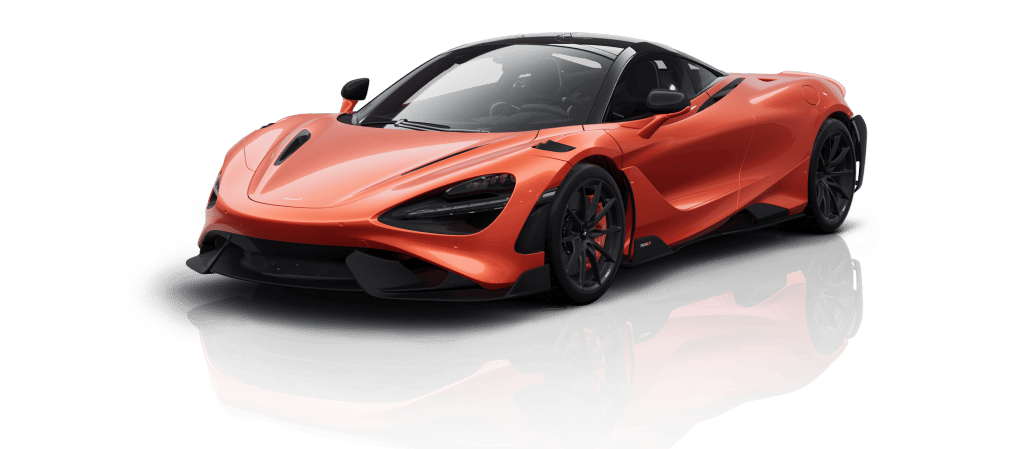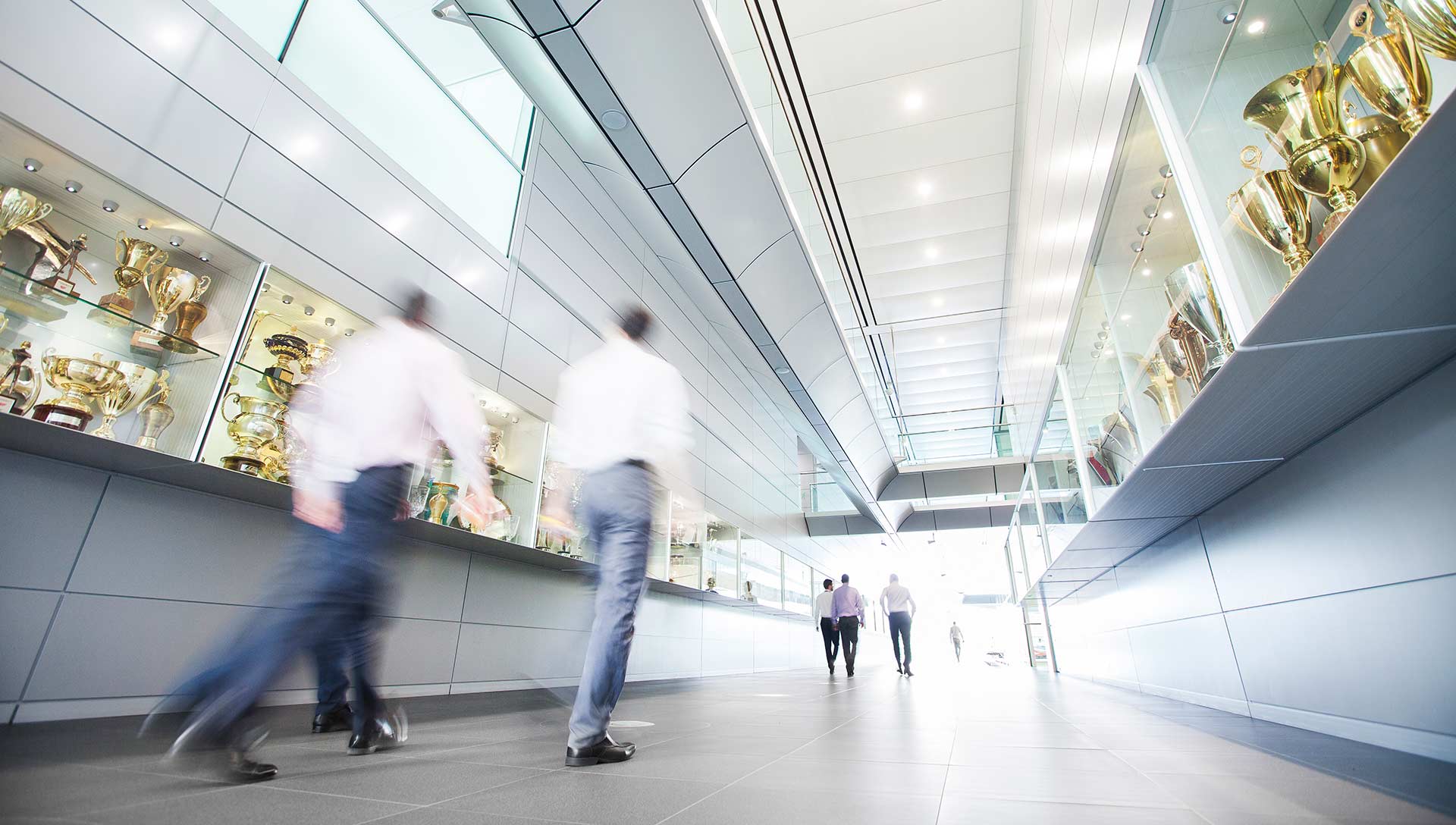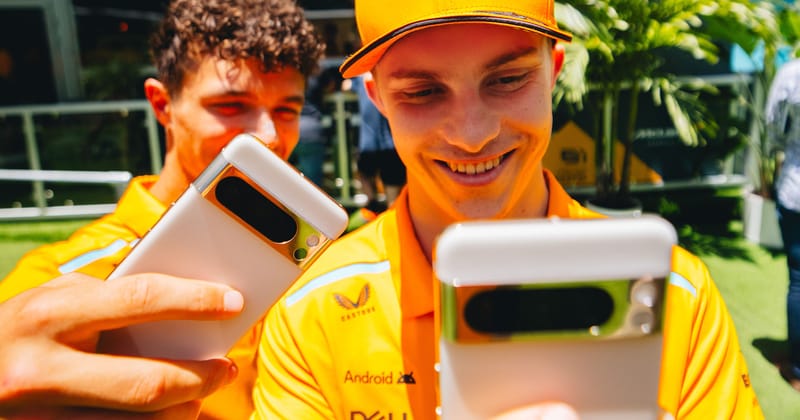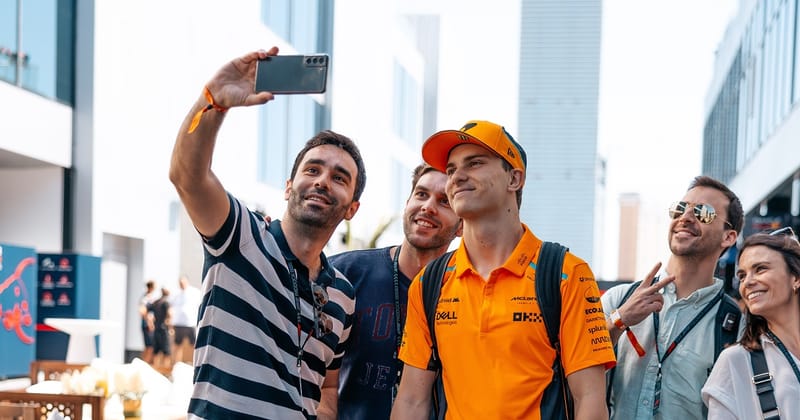
How the world has changed since McLAREN last won the Constructors’ Championship in 1998
From Cher and The Waterboy to Netflix and Spotify Wrapped, quite a bit has changed…
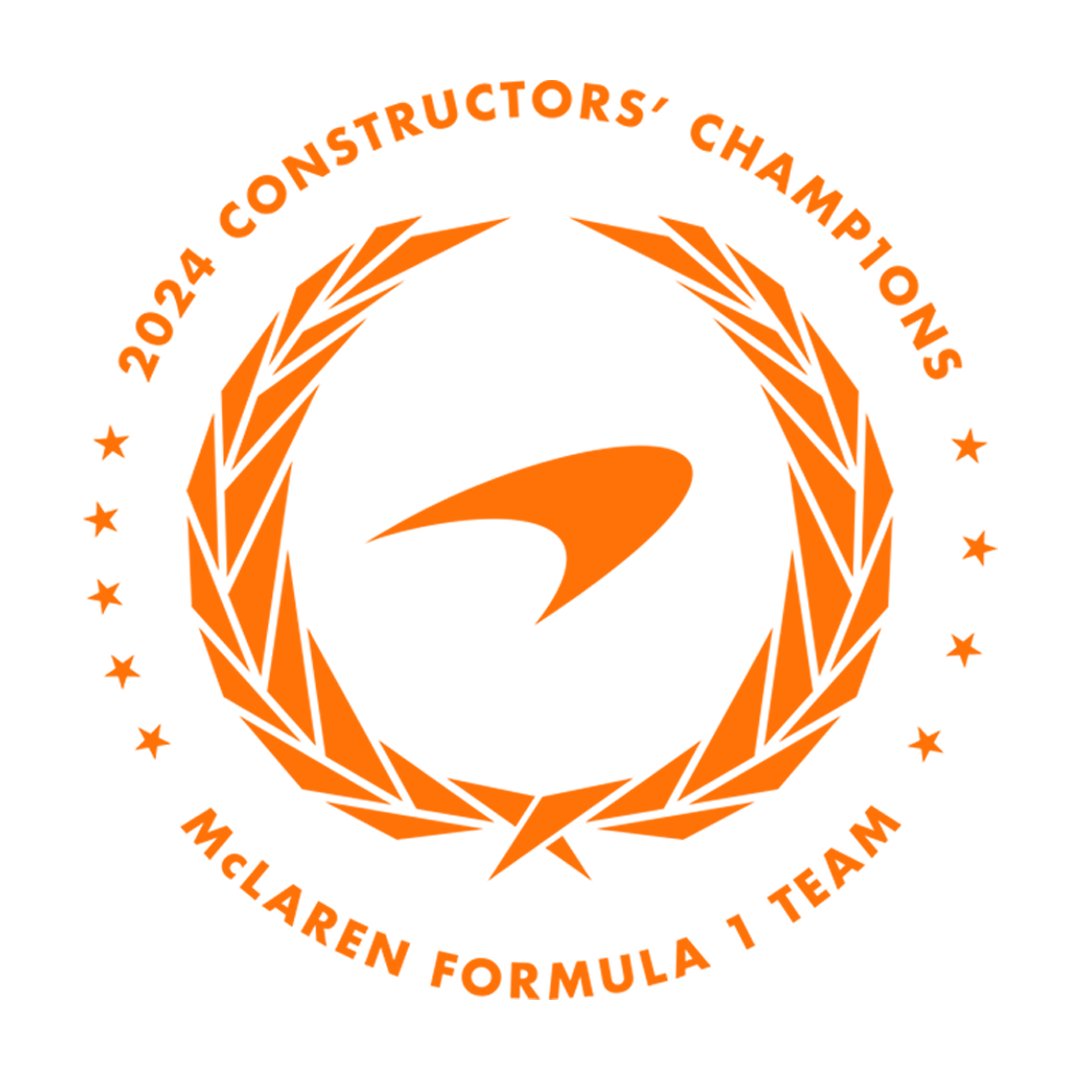
Back when the Formula 1 season ended in Japan, teams had a fixed ritual: once the Chequered Flag had dropped, the microphones were picked up and the karaoke began.
Six different countries, including Japan, have hosted F1’s season finale since we last won a Constructors’ Championship in 1998. McLaren fans may remember a certain one in 2008 at Brazil particularly well.
Some members of the Papaya Army won’t remember 1998… Others may not even remember that race in 2008, but we can tell you that a lot has changed 26 years.
In 1998, a young Zak Brown had finished his racing season the previous week, on home turf in California, fifth in his GT2 Porsche at the FIA GT Laguna Seca 500km.

Half a world away in Rome, a graduate aerospace engineer by the name of Andrea Stella was working on his PhD in mechanical engineering, while Lando Norris and Oscar Piastri… well, let’s say neither of them were a factor just yet.
Rather fittingly, the UK had Cher at No.1 in the charts with 'Believe'. Though the karaoke performances in Japan may have been more tonally equivalent to the UK’s number one movie, The Exorcist, which was banned on VHS, but had been re-released in cinemas. Things were a little less X-rated in the US, where The Waterboy topped the charts.
Fast forward 26 years and The Exorcist is available to stream in 4K, Adam Sandler has a four-movie deal with Netflix and the idea of a song selling 11 million physical copies will be eyebrow-raising to an audience currently studying their Spotify Wrapped data and realising just how many times they streamed FE!N.
Many of the changes to the media landscape have been shared by F1. Cloud computing, big data, fibre-optics and massive bandwidth have transformed the way the sport works and the way its watched – but transport a spectator from Suzuka in 1998 to Yas Marina in 2024, and the first changes they’ll note are physical…
Suzuka 1998: The Japanese Grand Prix
The Halo, DRS, and the sheer size of the modern cars, would all stand out. That is, if you could get them to actually look at the track and away from watching the action on what everyone around them insists is a mobile phone.
They would, at least, be able to hear the top-notes of the turbo whistle from the super-efficient 1.6L hybrid powertrain and note how very different it sounds to the bass thunder of the mighty 3.0L V10.
They’d also be amazed at how much speed the modern car carries through the hairpin: while F1 is very careful to keep its top speeds firmly pegged, the increase in downforce and corresponding improvements to cornering are really quite staggering.
Ohh, and we’ve changed too…

Back in 1998, McLaren didn’t really have a home. Plans were afoot to build the team some sort of… Technical Centre… but at the time, the team was distributed around various industrial units around Surrey.
The idea of a wind tunnel and a driver-in-the-loop simulator wouldn’t have shocked those in 1998, but the sophistication of them might have done.
More surprising, though, would be a team working from a factory in the UK with real-time telemetry off the car, and secure comms with the garage and driver from the track.
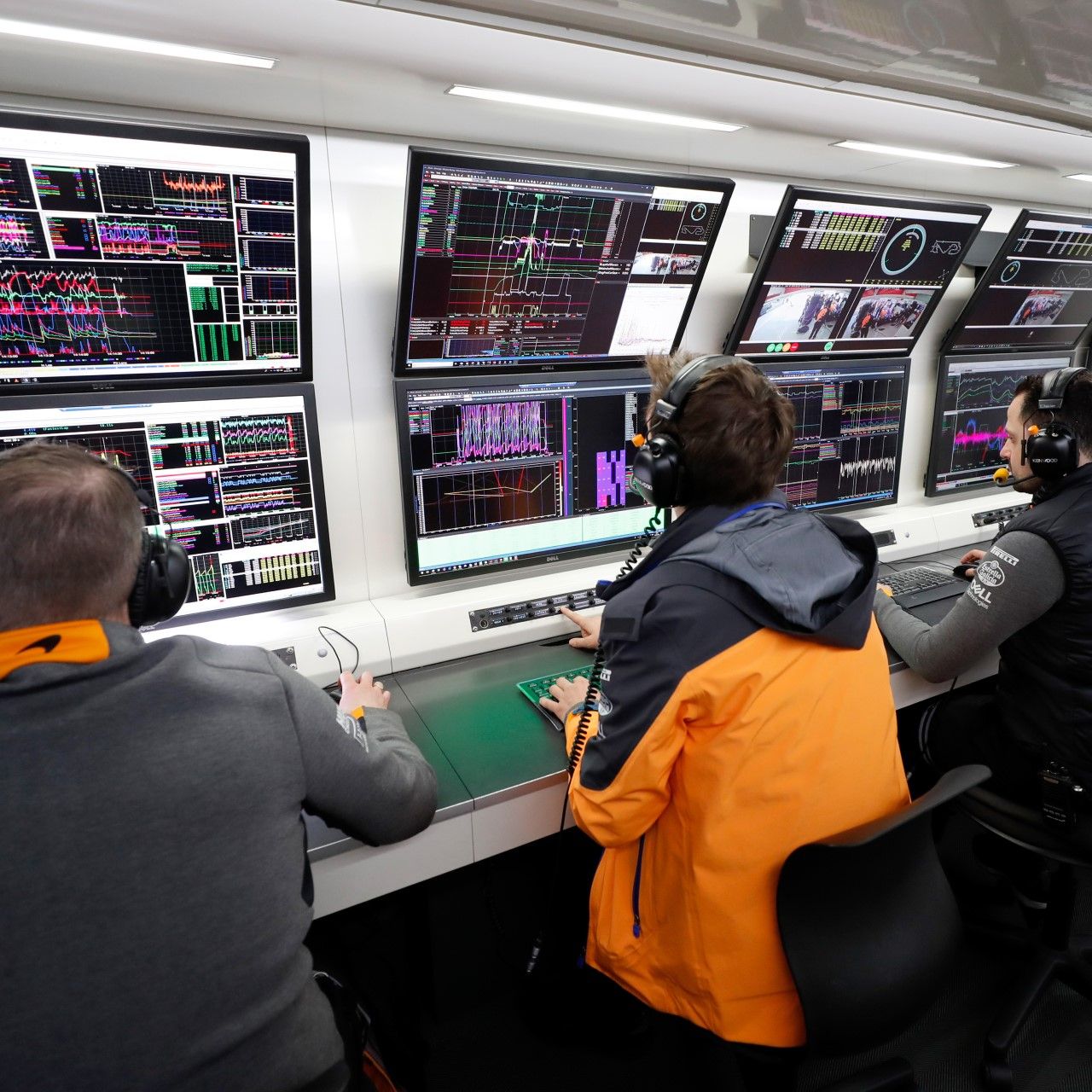
But these would have been only just slightly less science fiction than the notion of using artificial intelligence to aid strategy decision-making.
Yet, all of this takes place at the McLaren Technology Centre in Woking. Which has been our home for the past 20 years.
And what of social media? Well. If you sent a stamped, addressed envelope to the team, then Mika or David would post you back a signed photograph.
You might even receive a physical newsletter with exciting news about what the team would be doing over the winter – and not just the F1 drivers, the juniors too, including that exciting young lad in karting, name of… Hamilton?
Recent articles
All articles
F1's ultimate rivalry: McLaren and Ferrari

Watching the season finale with our fans at the McLaren factory

A letter from Zak Brown

The key moments that led to our Constructors' Championship win

“So many nerves” - How we handled the pressure of Abu Dhabi’s title-decider

McLaren’s Constructors’ Championship win according to social media

The big F1 Constructors’ Championship quiz

2024 Abu Dhabi Grand Prix – Race Report


